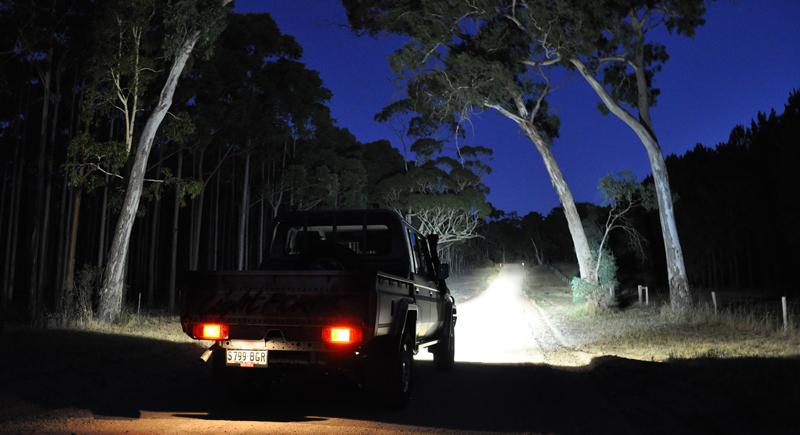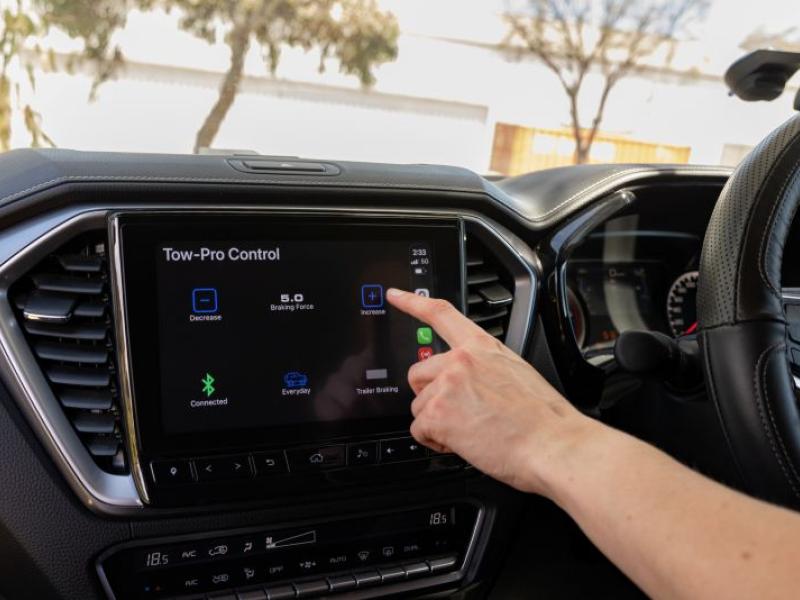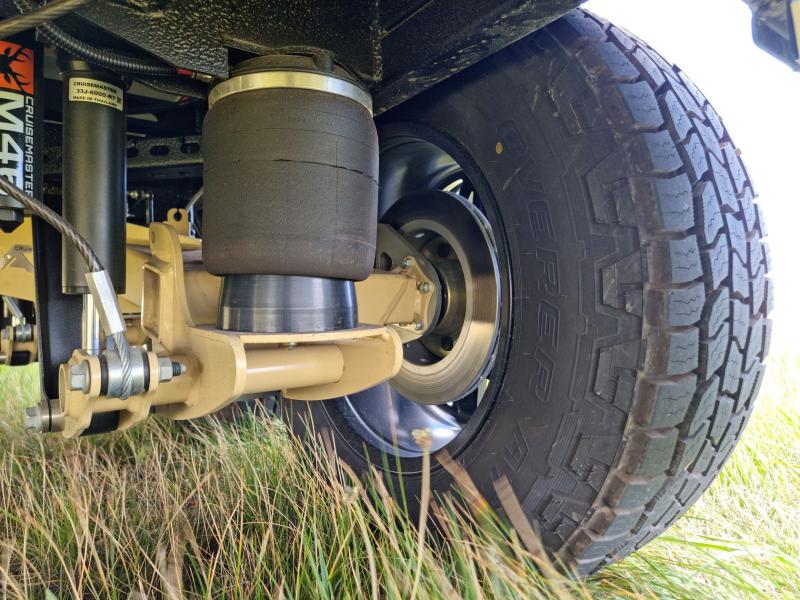There’s been a quiet kind of revolution going on in the mainstream car industry yet it is a revolution which appears to have largely passed the ‘work’ end of the 4WD sector by.
Spend any time driving at night, for instance, and you can’t help but notice in intensity the big difference in intensity there now is between the dull, opaque ‘light’ produced by the conventional (mostly halogen-based) lights of older vehicles and the sharper, harsher, ‘whiter’ light produced by the latest LED-based lighting systems.
Because most of us only drive one vehicle (our own) or that vehicle plus one other (at work for instance) we often don’t realise the very real difference there is between state-of-the-art and state-of-the-billy-cart systems.
If you are lucky enough to get to drive late model luxury models like (in our case) a Toyota Land Cruiser or Lexus SUV (at night) you will marvel at how much better the road ahead is lit up than it is I your daily driver.
Of course, the aftermarket has been quick to pick up the slack and companies like NZ4WD advertisers ARB, Ironman 4x4, Opposite Lock and New Zealand’s own Hella lead the way with – particularly these days – LED-based accessories.
Extra lights are as much part of the ‘look’ of a tough truck as a snorkel and/or lift kit. The bottom line, however, is that lighting is a safety issue and no one should have to put up with marginal lighting.
Fortunately Health & Safety legislation means employers who provide employees with vehicles to drive as part of a job have to be particularly careful these vehicles are ‘fit for purpose.’
If that means they are to be driven early or late in the day in winter they have to have good headlights.
In theory every new vehicle sold must be fitted with headlights that meet a particular standard, but again, as anyone who does a lot of kms on our roads at night knows, some vehicle lighting packages are better than others.
If you’re a rep doing most of your driving on well-lit city motorways or dual-lane carriageways this is hardly going to be a deal-breaker.
If you are a contractor working in a rural area, doing most of your driving on unlit country roads, though, the message we are hearing here is, ‘boy you could use some help.’
Low beam at low speeds might be OK. But high beam – particularly if your ‘you beaut’ turbo-diesel one-tonner ute has a load on the tray (and lacks cockpit height adjustment of the headlights) – is a problem.
The current generation, and popularity as work vehicles, of turbo-diesel double cab ute appear particularly vulnerable in this area, hence the number you are now seeing running a pair of spots of the grille and/or a light bar (on the grille as well, or the roof).
So, check out the offerings in this feature and give some thought to a lighting upgrade. Not only will it give your 4WD that pukka ‘serious off-road’ look, it might also save your life!
To read every story in the July 2017 issue of NZ4WD go to Zinio.com (June 16) or purchase your own hard copy at the Adrenalin store.







